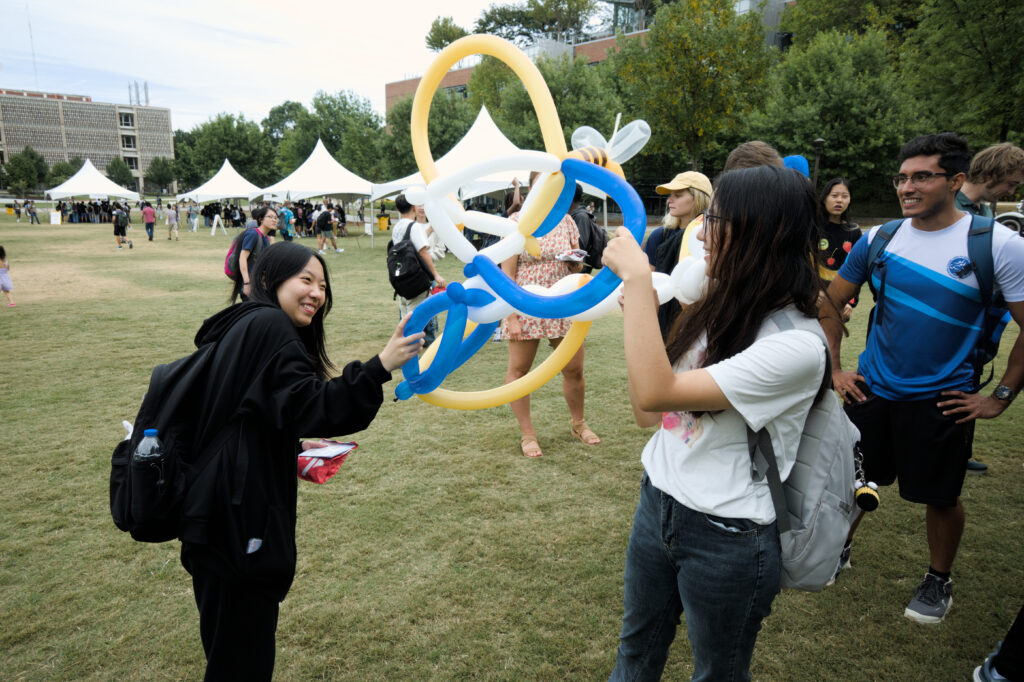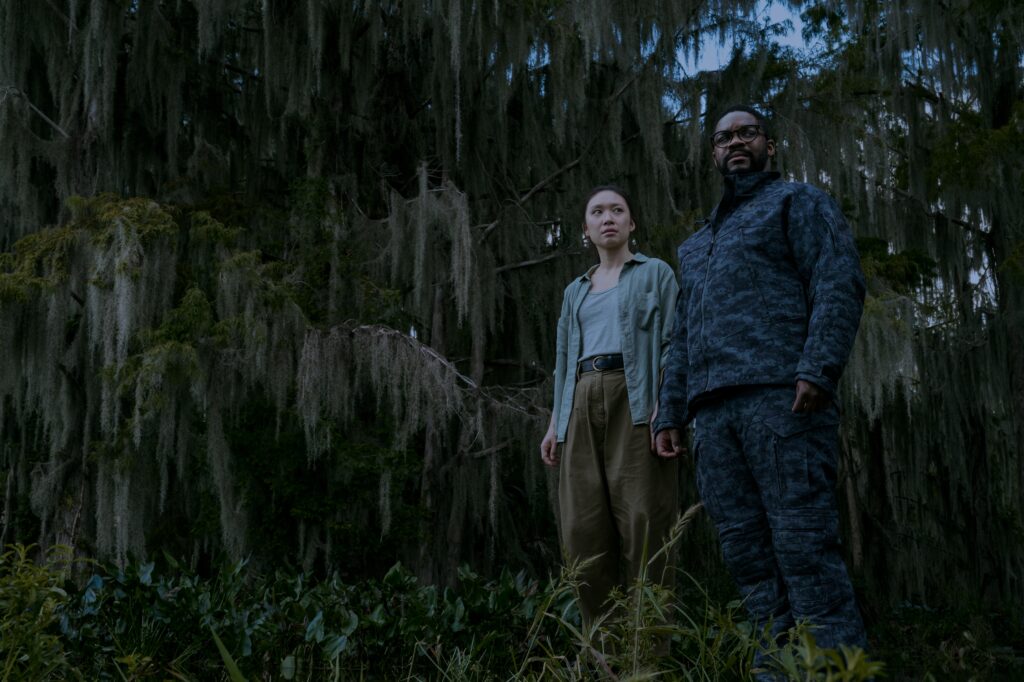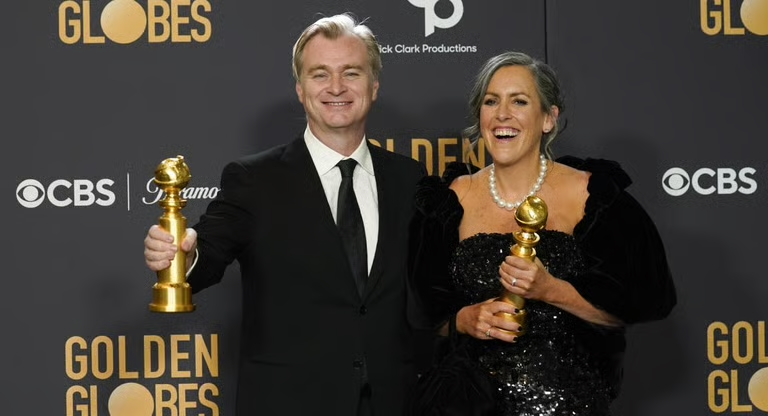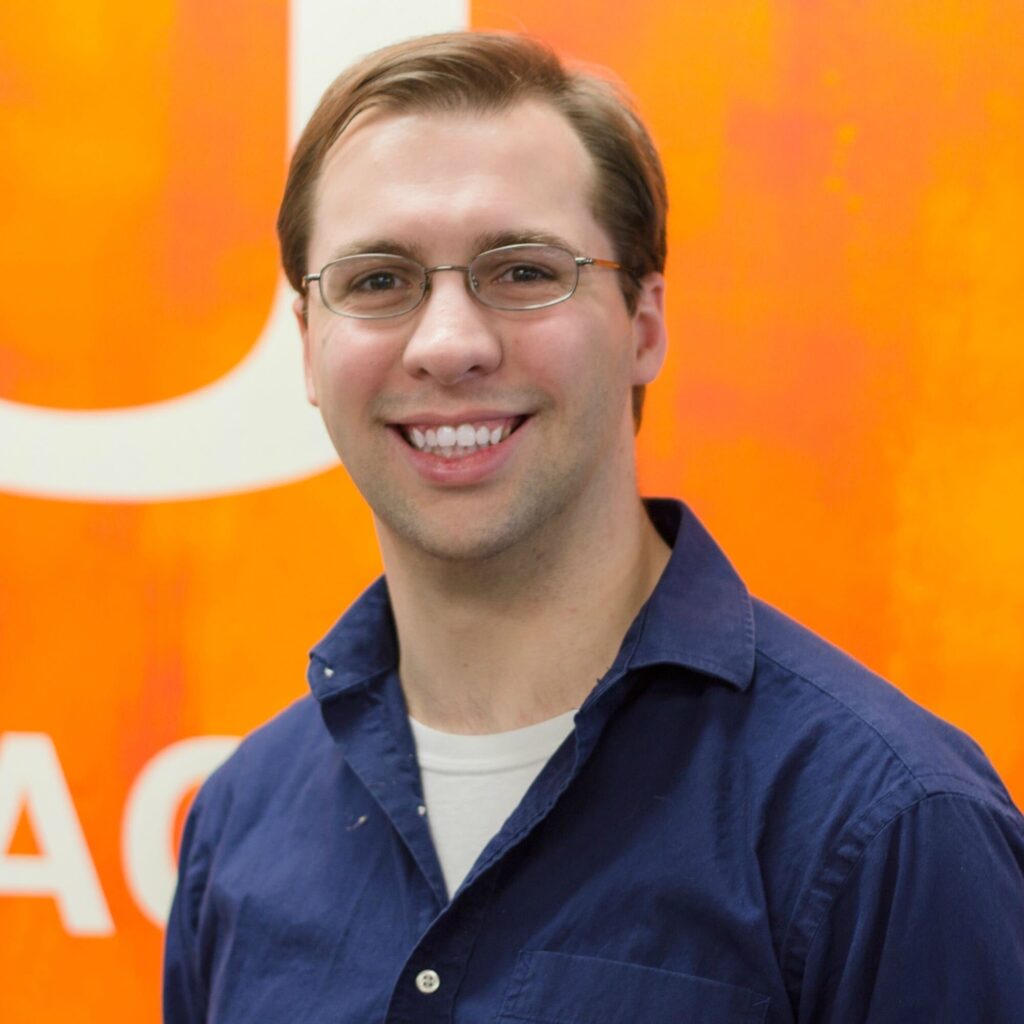
Last Friday, Sept. 6, Tech Green was buzzing with students moving around the field from tent to tent at the annual Ramble on the Green. The event, hosted by the Institute’s Alumni Association, is meant to introduce new students to the many ways they can become more prominent members of the Institute’s community.
Rachel Clark, Manager of New Alumni and Student Engagement, was the main leader of the event.
“Ramble on the Green is a big kickoff event. The main goal of Ramble on the Green is to welcome students back to campus, whether they are a first-year or older, and to educate students about what the Alumni Association offers students at Tech,” Clark said.
As students walked onto Tech Green, they were given a passport with several empty spaces for stickers and stamps. Students were encouraged by volunteers to visit different booths, and after visiting the booth, they were able to receive a stamp on their passports.
Each booth hosted a different on-campus student group or organization. Attendees were able to get acquainted with representatives from Georgia Tech Connect, a social networking site just for current students and alumni of the Institute that offers students a way to meet alumni.
“All folks have to do is make a free account, sign in, click around and find resources,” Clark said.
Students were also able to learn about Mentor Jackets, a program where students can get one-on-one mentorship and advice from a graduate of the Institute. All of the organizations and programs represented at the event were focused on connection to the Institute both before and after graduation.
“We serve alumni but we also have programs here for students at Tech,” Clark said. “The biggest thing is that we have opportunities for students to get involved. There are great leadership opportunities available for students.”
For students who want more than just an extra-curricular activity but instead a part-time job with connections to alumni, the Alumni Association has opportunities for them as well.
“The Alumni Association also hires student assistants if you are looking for a part-time job here, we have postings online,” Clark said. “There are a lot of ways to get involved and it is a great way to get your foot in the door for what is available for you once you graduate.”
The event was not all business — students were also able to let loose and have some fun. With a DJ playing some pop music in the background, students were able to get a balloon animal hat with flying bees surrounding their heads. Students also had a strong incentive to complete their passports — anyone with a completed passport was able to receive a free Chick-Fil-A sandwich.
Rishitha Muppavarapu, a first-year NEUR, attended the event for both work and play.
“The free food and free Chick-fil-A were a big draw for me to come,” Muppavarapu said. “It was more than that. I want to get more involved and be a part of something bigger than classes. I think I’ll look into more future events to meet new people.”
New students like Muppavarapu are in luck; many of the clubs and organizations present at the event allow and even encourage first-year students to join.
“All of our student programs have first-year leadership programs attached to them,” Clark said.
While Ramble on the Green is the Alumni Association’s biggest event of the year, they host other events for both students and alumni as well. In the spring, the organization hosts Ramblin On, an event only open to upcoming graduates of the Institute. Though Ramblin On is a bit more exclusive, there are other ways for students to get more involved. The Student Foundation and Student Alumni Association are actively recruiting. For those interested in learning more, visit the Student Alumni Association website at www.gtsaa.com.
The post Alumni Association rambles on the green appeared first on Technique.





